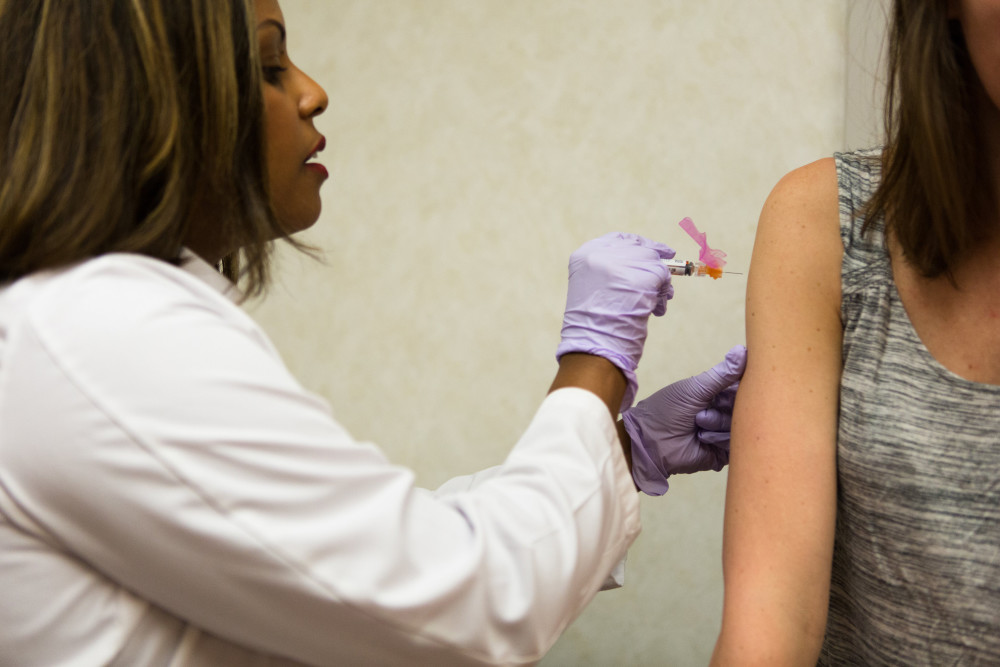By Carolyn Bigda
Chicago Tribune.
If you’re young and healthy, picking a health insurance policy with the lowest monthly premium may seem like the way to go.
But a lower premium often means signing up for a high deductible, or health care services you must pay for before insurance kicks in. And deductibles are rising.
According to the latest annual study by the Kaiser Family Foundation, in 2015, single-coverage workplace plans had an average deductible of $1,318, up 8 percent from the year before. A decade ago, the average was just $584. (Not all plans have a deductible, but 81 percent of single-coverage plans did in 2015.)
“People should make sure they can afford the costs beyond the premium,” said Gary Claxton, lead author of the Kaiser study and a vice president at the foundation.
With open enrollment occurring soon at many companies, here’s what to consider as you select your health care benefits for next year.
Go in-network. The cost of seeing a doctor typically is cheaper if you stick to your plan’s list of preferred providers. So even if you have a high deductible, you’ll save by staying in-network.
If you already have a doctor, double check that he or she will remain in-network next year. “Networks can change,” said Katy Votava, president and founder of Goodcare.com, a health insurance consulting firm.
Keep in mind, too, that under the Affordable Care Act, certain preventive health care services, such as an annual wellness screening, vaccinations and FDA-approved contraceptives, are free.
“Look at the list of preventive visits that are covered and make sure to take advantage of those services,” Votava said.
Check your meds. See how the cost of any medicine you regularly take will be covered. A low-premium policy can end up being more expensive in the long run if the benefits for your prescription drugs are puny, Votava said. To check, go to the insurer’s website or call the insurer’s customer service center.
Contribute to an HSA. With some high-deductible health plans, you can open a health savings account, which offers key tax benefits. For one, contributions to HSAs are tax-deductible. And if you use the savings for qualified medical expenses, withdrawals are tax-free.
To qualify for an HSA in 2016, a single policy must have a minimum deductible of $1,300. For family plans, the minimum is $2,600.
Your employer may contribute toward your HSA, but you can also put money in the account, up to a combined total of $3,350 for single policies next year, or $6,750 for family plans. (People who turn 55 or older in 2016 can contribute another $1,000.)
What if you leave your job or change insurance plans? The HSA stays with you and you can continue to use your savings for medical expenses.
Contributing to an HSA when you’re young and don’t have big health care needs could be a smart move.
“Health care costs continue to shift to the employee, so as much as you can, sock money away in an HSA now,” said Nate Purpura, vice president of consumer affairs at eHealth.com, an online health insurance broker.
Know the out-of-pocket max. Finally, keep in mind that although health insurance kicks in after you reach the deductible, you will have to cover co-payments or co-insurance for medical services, up to a maximum out-of-pocket amount per year.
Your chances of hitting that maximum, which can be more than $6,000 for single coverage, are probably low. But it’s still a good idea to think of how you might come up with the cash in case you have a medical emergency.
“Young people shouldn’t just think about what happened to them last year because for most of them, they didn’t even need insurance,” Claxton said. “You have to consider, what if I get sick?”
___
ABOUT THE WRITER
Carolyn Bigda writes Getting Started for the Chicago Tribune














































































































































































































































































































































































